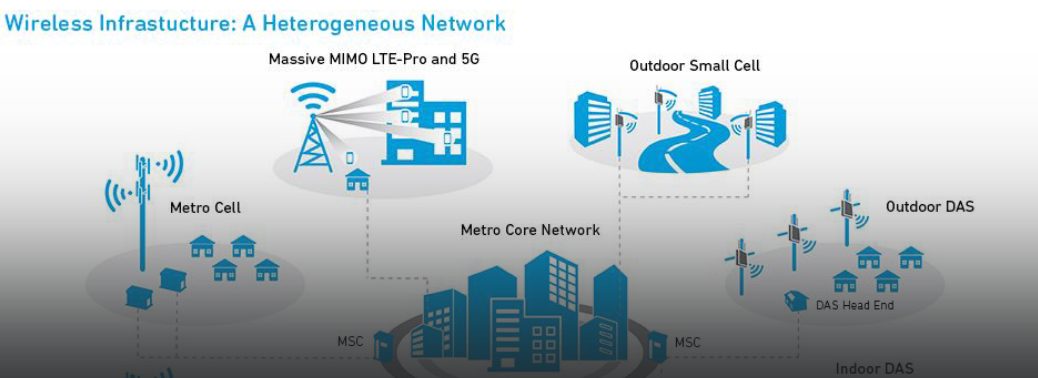SOUTH KOREA FIRST TO ROLL OUT 5G SERVICES, BEATING US AND CHINA
04, Apr 2019

Prelims level : Science and Tech
Mains level : GS-3 (Science and Technology- developments and their applications and effects in everyday life)
Why in News:
- South Korea will become the first country to commercially launch fifth-generation (5G) services as it rolls out the latest wireless technology with Samsung Electronics.
5G Mobile Networks:
- 5G mobile networks, the next-generation standard for wireless communications are set to start taking over the mobile network environment in 2019.
- 5G delivers vastly increased capacity, lower latency, and faster speeds.
- 5G networks will operate in a high-frequency band of the wireless spectrum, between 28 GHz and 60 GHz. This range is known as the millimeter wave (mmWave) spectrum. The sub-6 GHz range that LTE calls home will also be used. 5G is expected to add unlicensed frequencies such as the 3.5 GHz to its list of new frequencies for mobile use. This means a lot of bandwidth will be available to users.
- In addition to greater bandwidth, the new 5G networks will have a dense, distributed network of base stations in the small cell infrastructure. This will allow more processing to happen on the edge, leading to lower latencies.
- Smaller Cells for 5G Networks: Smaller cells are used for 5G networks as they provide the increased data capacity that 5G demands.
- They help providers reduce costs by eliminating expensive rooftop systems and installation costs.
- Users can expect improved performance and battery life of mobile handsets since less power is required to transmit data to something nearby.
- Small cells will also be important to the workability of 5G in the millimeter wave spectrum. At these mmWave frequencies, signals have trouble getting through walls.
5G Network Cooperation:
- A premier challenge of 5G network design has been to create a network architecture capable of supporting this kind of flexibility while meeting the multifaceted access demands of an Internet of Things (IoT) future.
- The new 5G networks will also need to incorporate seamless coexistence of LTE and 5G standards. This is mostly embodied in the spectrum sharing of frequencies used by both standards.






